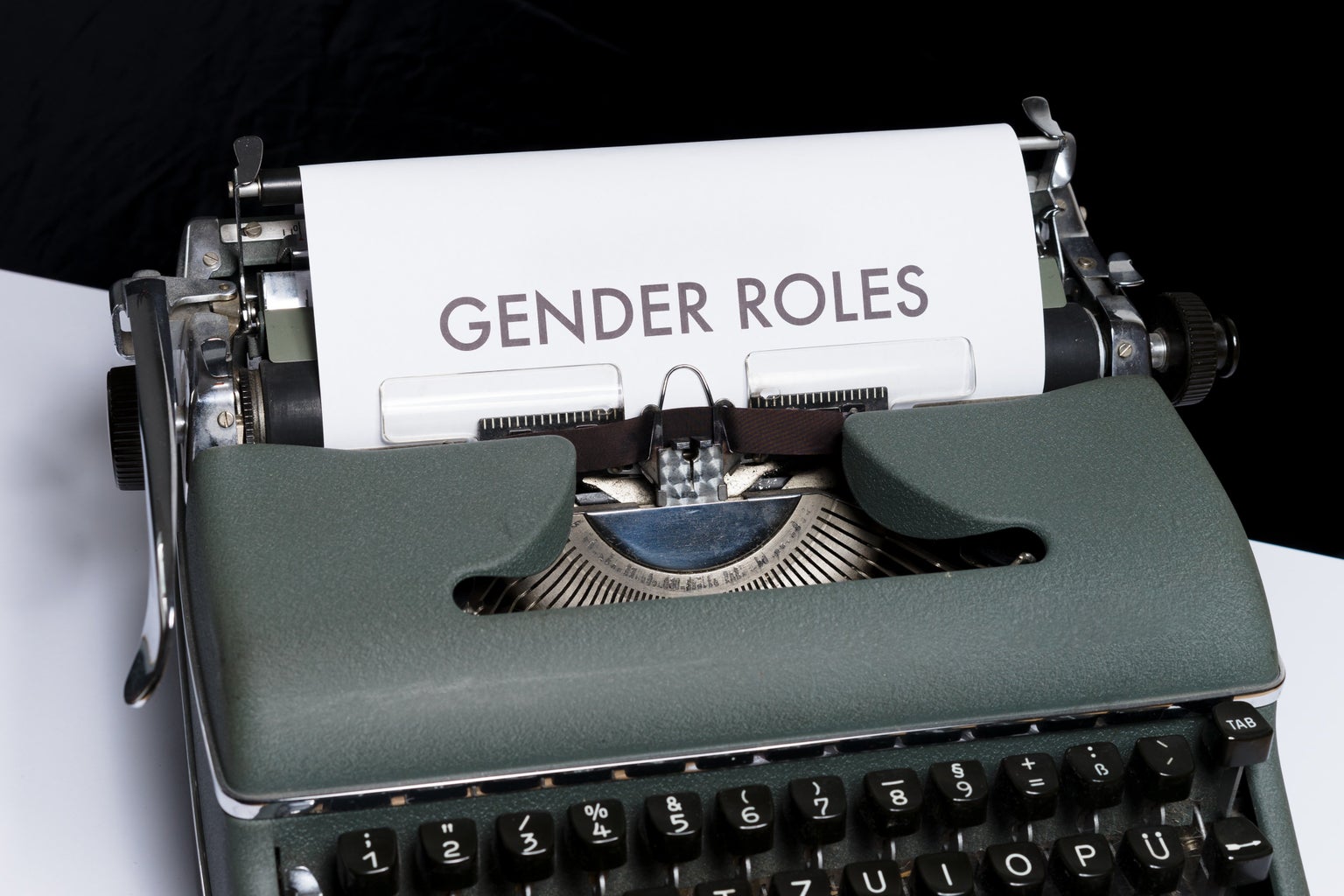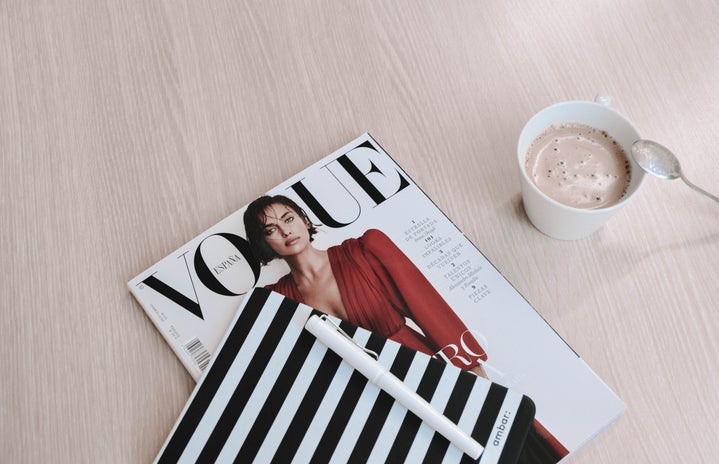In Vogue’s 128-year history, only nine men have appeared on the cover — and always a part of a couple. Harry Styles was the first man to appear on the cover solo, wearing nothing less than a floor-length saloon dress and a double-breasted black tuxedo jacket from Gucci’s Autumn/Winter collection.
The British singer first captured our hearts in 2010 when he nervously set foot on the X-Factor stage, dressed-down in a white tee and grey cardigan, hiding his face with his grown-out hair. But over the course of the past decade, Styles has embarked on a journey of self-discovery, trading t-shirts for frilly blouses and cardigans for metallic, brightly-colored suit jackets. His feature in Vogue is the culmination of his transformation from a bashful teenager to a confident, secure man, pushing the boundaries of both fashion and gender.
In addition to appearing on the cover, Styles discusses everything from lockdown to music to his upbringing in an interview with runway and culture reporter Hamish Bowles. The piece, entitled “Playtime with Harry Styles,” celebrates how something as seemingly trivial as dressing up became an empowering mode of self-exploration for Styles.
“My mum loved to dress us up. I always hated it, and Harry was always quite into it,” Styles’s sister, Gemma, told Bowles. Now, some twenty years later, Styles approaches fashion with the same carefree, joyous attitude as a child playing a game of dress-up.
“Clothes are there to have fun with and experiment with and play with,” he said. “What’s really exciting is that all of these lines are just kind of crumbling away. When you take away ‘There’s clothes for men and there’s clothes for women,’ once you remove any barriers, obviously you open up the arena in which you can play.”
Styles has been hailed as a pioneer of gender-neutrality in fashion, but in reality, androgyny is at the root of all fashion. In Ancient Greece, one of the earliest civilizations known to man, both genders wore the same garment: a tunic dressed or styled in whatever fashion they please. Even in the Medieval and Renaissance eras, men sported garments such as tights, heels and billowy shirts, all of which have become associated with women’s fashion today. Fashion has never been inherently gendered — these “barriers” that Styles references, dividing men’s fashion from women’s fashion, have been socially constructed throughout modern history.
The Industrial Revolution of the 19th century marked a monumental turning point: more men were going to work while more women were staying in the home. There was a stark reinforcement of gender roles in society, which was mirrored with a reinforcement of the gender binary in fashion. Men developed a workplace “uniform” of trousers and suit jackets, whereas women became accustomed to dresses. By the 1950’s, gender had become so rigidly defined that it sparked a fashion revolution.

Unisex culture left a lasting imprint on women’s fashion, but failed to gain traction in men’s fashion. A woman can now step out in jeans or a pantsuit and no one will bat an eye, despite the fact that these garments were traditionally worn by men. However, men in the 1960s were wary of embracing the unisex craze, as there was a stigma affiliating feminine appearance with weakness, homosexuality, or fragile masculinity.
In wearing a dress on the cover of Vogue, Styles is actively rejecting the toxic masculinity that has historically discouraged gender-fluid fashion among men, but he is not the first to do so. Legendary singer Prince consistently pushed the envelope when it came to gender, with his signature cat-eye liner and lace gloves. David Bowie did the same, fearlessly rocking skin-tight jumpsuits and stacked heels while on stage. Styles is not the father of the androgynous movement, but instead yet another trailblazer in the ongoing movement.
This gradual shift has manifested itself in several aspects of our current society, from the femboy culture on the popular social media app tiktok to Gen Z’s already-existing inclination to shop outside of one’s gender identity. Androgyny is also being embraced on the world’s biggest fashion stages. For the first time in Calvin Klein’s history, Creative Director Raf Simons combined the designer brand’s men and women’s New York Fashion Week shows for Fall 2017. London Fashion Week’s 2020 showcases were especially inventive — not only because they were virtual amid the coronavirus pandemic, but because they were entirely gender-neutral.
As much as this style is gaining prominence, it still faces pushback from right-wing pundits. In response to Style’s Vogue cover, conservative commentator Candace Owens said in a tweet, “there is no society that can survive without strong men. The East knows this. In the West, the steady feminization of our men at the same time that Marxism is being taught to our children is not a coincidence. It is an outright attack. Bring back manly men.”
On the other hand, many celebrities have shown an outpouring of support for Styles. Olivia Wilde, director of the upcoming thriller “Don’t Worry Darling” in which Styles will star, told Vogue: “I hope that this brand of confidence as a male that Harry has—truly devoid of any traces of toxic masculinity—is indicative of his generation and therefore the future of the world… It’s pretty powerful and kind of extraordinary to see someone in his position redefining what it can mean to be a man with confidence.”
A man in a dress gracing the cover of Vogue is a crowning moment for the gender-neutral movement in fashion. While we should celebrate the occasion and all of the androgynous barrier-breakers who have helped usher in this new age, we must also process the backlash and continue the march toward true gender inclusivity and acceptance.



